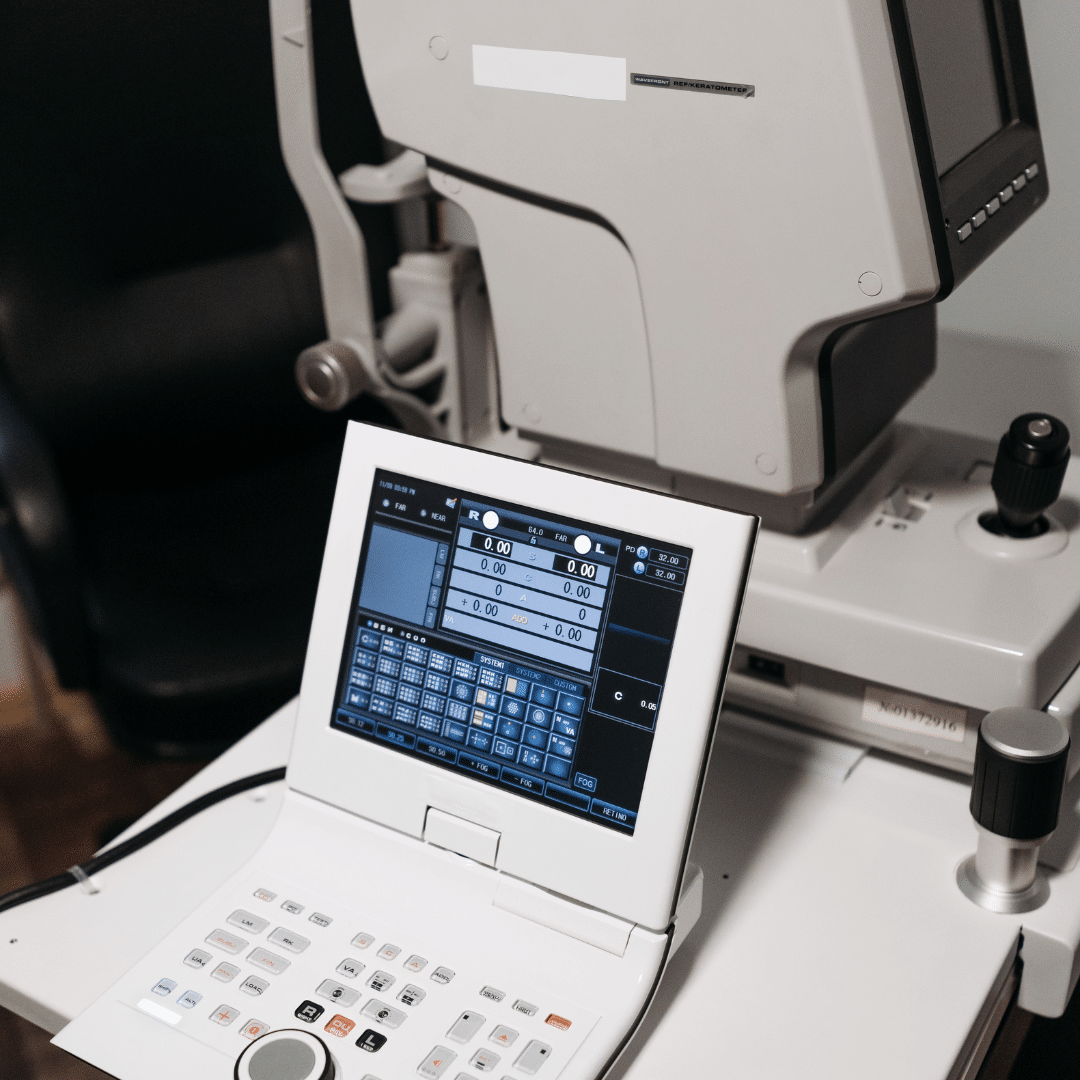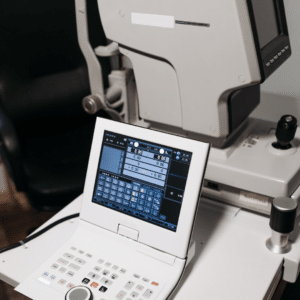When it comes to introducing new substances into the world of food and dietary supplements, ensuring safety is paramount. The GRAS (Generally Recognized as Safe) designation plays a critical role in this process. The U.S. Food and Drug Administration (FDA) provides guidance on how to convene a GRAS panel effectively and responsibly, ensuring that the substances used are indeed safe for human and animal consumption. In this summary blog, we’ll explore the key takeaways from the FDA’s guidance on “Best Practices for Convening a GRAS Panel.
Understanding the GRAS Provision
GRAS, or “Generally Recognized as Safe,” is a designation that signifies that a substance is deemed safe for its intended use in food. However, obtaining this status is no small feat. The FDA offers valuable insights into this process, specifically when a GRAS panel’s input may be needed.
When Is a GRAS Panel Necessary?
In many cases, a proponent, the entity seeking GRAS status for a substance, may not require a GRAS panel to determine the safety of a new ingredient. The proponent can evaluate existing data and information independently. However, there are instances where the proponent might opt to consult a GRAS panel. This decision depends on the complexity of the substance or the potential need for expert opinions.
The Role of a GRAS Panel
A GRAS panel serves as a valuable resource, offering an expert assessment of the safety and suitability of a substance for its intended use. Importantly, the panel’s conclusion does not inherently establish general recognition of the substance’s safety. Instead, it serves as evidence that there is general acceptance within relevant scientific communities based on generally available information.
Choosing the Right GRAS Panel
The FDA emphasizes the importance of assembling a qualified and balanced panel. Members should possess subject matter expertise relevant to the scientific considerations associated with the intended conditions of use of the food substance. Only when a panel adequately represents a larger scientific community can its conclusions be considered “generally accepted.”
The Need for Expertise
A “GRAS panel” opinion carries weight only if its members have the expertise appropriate to address the safety questions specific to the substance in question. A panel consisting of scientists without the requisite expertise cannot establish “generally accepted” conclusions.
When a GRAS Panel May Not Be Necessary
In most cases, a robust GRAS conclusion can be reached without the input of a GRAS panel. Therefore, proponents should carefully assess whether the resources and efforts required to convene such a panel are warranted for their specific case.
FDA’s Guidance Recommendations
The FDA’s guidance offers recommendations for those considering GRAS panels:
- Identifying Panel Members: Ensure that GRAS panel members have appropriate expertise in the relevant field.
- Mitigating Bias: Take steps to reduce any potential bias or conflicts of interest among panel members to maintain the credibility of the panel’s output.
- Limiting Data and Information: Only provide GRAS panels with public information, avoiding trade secret data.
Conclusion
In summary, the FDA’s guidance on convening GRAS panels provides essential insights into the complex process of establishing the safety of food substances. The right choice between seeking a GRAS panel’s input or relying on independent evaluation depends on the circumstances. Ensuring that the panel is composed of qualified experts and that potential biases are minimized is crucial. Ultimately, the GRAS process plays a pivotal role in protecting the safety of consumers and maintaining the quality of the food supply.





